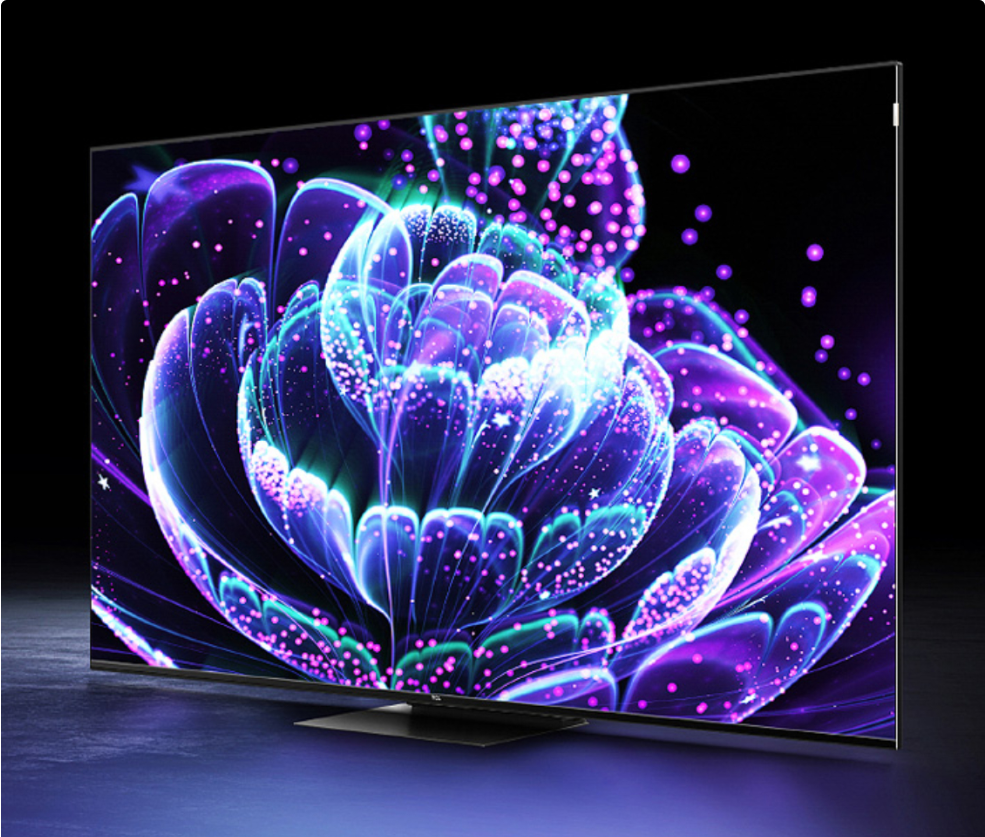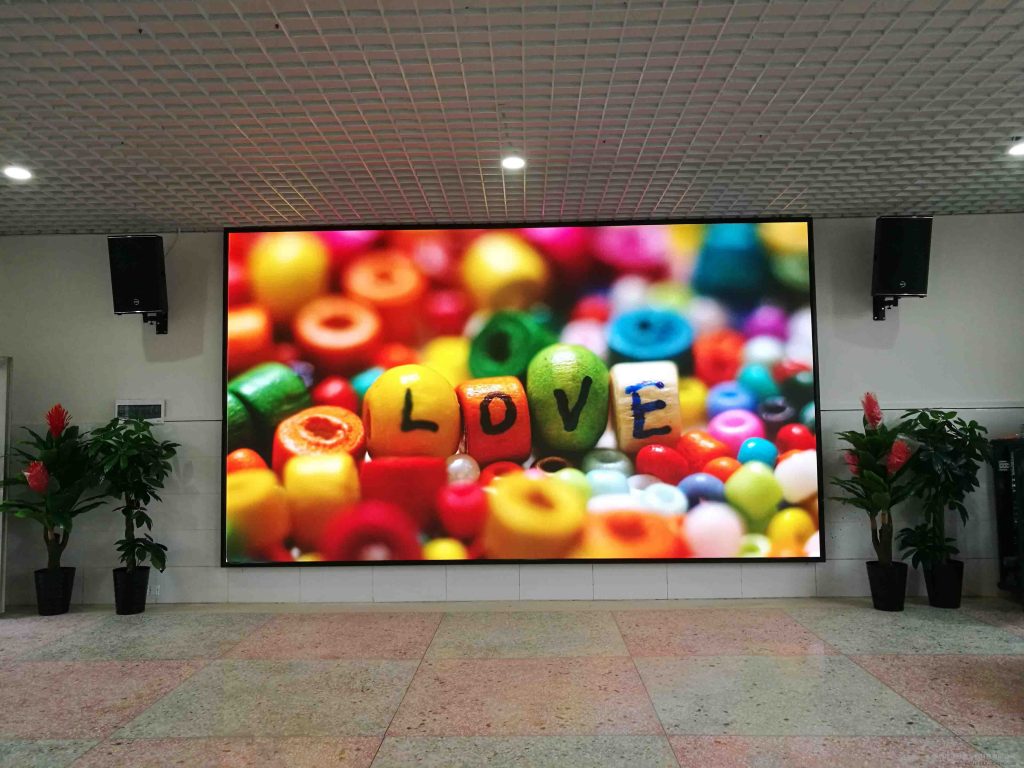At present, both mini LED and small pitch LED can be seen in daily life. Many people may often hear them, but they don’t know the difference between them. Next, let’s take a look at them in detail.
Q: What is a small pitch LED?
A: LED display products with a pitch between 1-2mm are called small pitch.

Q: What is Mini LED?
A: The pitch is less than 1mm, and the distance is greater than 0.6mm is Mini LED.

There is also a micro LED that has not yet been mass-produced. The size of this LED display product is less than 0.6mm. Although some companies have manufactured 0.4mm micro LEDs, due to the high cost, there are only a few exhibits.
Small pitch LED
Since 2015, the small-pitch market has exploded, with significant advantages in brightness, color, reliability, etc. In the professional display market, the rapid replacement of LCD and DLP splicing screens, the current penetration rate is close to 20%, driven by technological progress and cost reductions The cost-effectiveness of small spacing continues to improve, and the replacement space is huge. From an average of 10mm to less than 2mm, it began to compete with DLP and LCD screens in the indoor display market.
In terms of global market size, according to OFweek Industrial Research Institute, it is expected to approach $1.8 billion in 2020. From the point of view of product pixel point spacing, more than 70% of products have point spacing between P2.5-P1.7; from the perspective of regional distribution, the region with the largest proportion is the Asia-Pacific region (50-60%), followed by North America, Europe.

From the perspective of regional distribution, the Asia-Pacific region is the market with the highest proportion of about 50% to 60%, followed by North America and Europe. In terms of application fields, small-pitch LEDs are mainly used in commercial display, high-end retail, film, advertising, entertainment and other industries. However, small-pitch LEDs still have their physical technical limitations, so for smaller-pitch consumer application markets , it is left to Mini LED and Micro LED to play.
Mini LED
Mini LED is a transitional application between small-pitch LED and Micro LED. Partition) combined with mature RGB LED technology to shorten the product launch cycle. It solves the problem that the ultra-fine-pitch LED display is easily damaged and makes up for the deficiency of small-pitch LEDs. From the perspective of production, although Mini LED is currently in the mid-term stage, the difficulties it faces are not as difficult to break through as Micro LED.

However, the smooth promotion still requires the joint efforts of epitaxial wafers, wafers, packaging, substrates, TFT backplanes, driver ICs and equipment manufacturers. According to relevant reports, the possible development direction of Mini LED in the future covers TVs, mobile phones, automotive panels, monitors, gaming notebooks, etc. It is estimated that the overall Mini LED output value will reach 1 billion US dollars in 2023, of which LED display screen and large size TVs, etc., will be the mainstream of Mini LED applications.
Small pitch and Mini comparison
In fact, in essence, Micro LED and Mini LED are based on tiny LED crystal particles as pixel light-emitting points. The difference is:
- Micro LED is a 1-10 micron LED crystal used to achieve a display screen with pixel particles of 0.05 mm or smaller;
- MiniLED uses tens of micron-scale LED crystals to achieve a display with 0.5-1.2 mm pixel particles.
- Small-pitch LEDs use sub-millimeter LED crystals, and finally achieve 1.0-2.0 mm pixel particle display.
Consider first only the size, there is overlap between the size definitions. The reason why it is called small spacing is compared with large spacing. The development of LED display is a gradual process. When the blue light-emitting diode appeared, full-color LED display appeared, but the early LED full-color display was mainly used for outdoor display, and the spacing was even more than 1 cm.
As the volume of semiconductors and light-emitting diodes shrinks, the pitch of full-color LED displays also shrinks. At present, full-color screens with a pitch of 1-2mm are generally referred to as small pitches.
Mini LED is the concept of Mini LED as the LED dot pitch continues to shrink, and the concept of Mini LED appears when lamp beads smaller than 1mm appear. In fact, after millimeters, there are silk meters dmm (10 silk meters = 1 mm), sudden meters cmm (10 silk meters = 1 silk meters), and then microns (10 microns = 1 silk meters). However, the two units of silk meter and sudden meter are no longer used, but this size range is obviously not yet microscopic, but considering the relationship between the size of the lamp bead and the pixel pitch, it is also defined below 0.6mm as Mini, down to the limit of the current machine.
The above statements are some default standards in the industry. On June 3, 2020, the group standard “General Technical Specifications for Mini-LED Commercial Displays” officially released by the Shenzhen Lighting and Display Engineering Association defines the spacing of Mini LEDs as 0.3 mm-1.5mm. At present, this standard has not been recognized by the industry, so there are not many manufacturers that follow this standard.